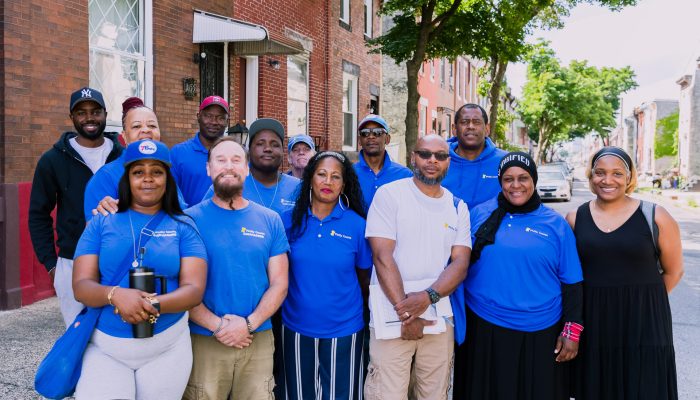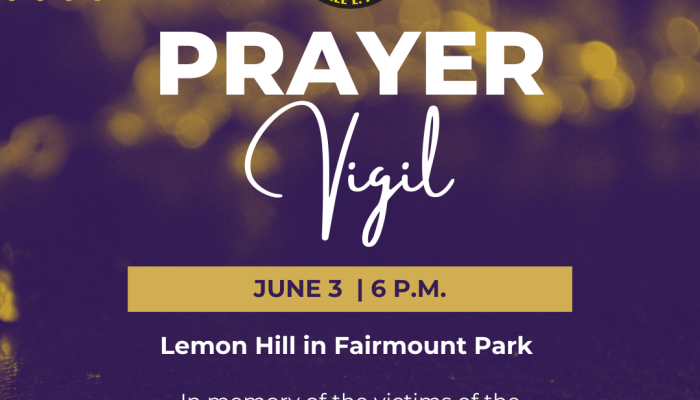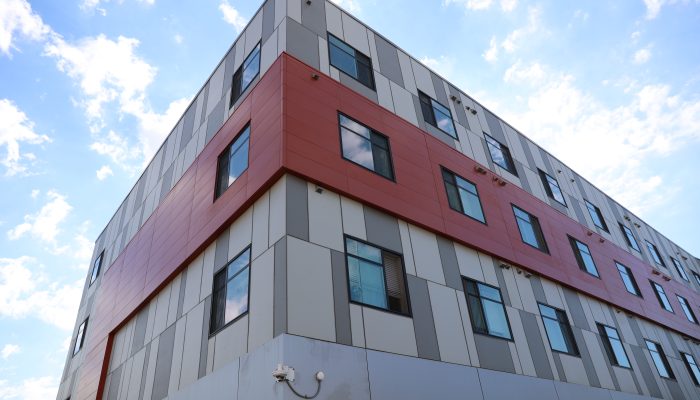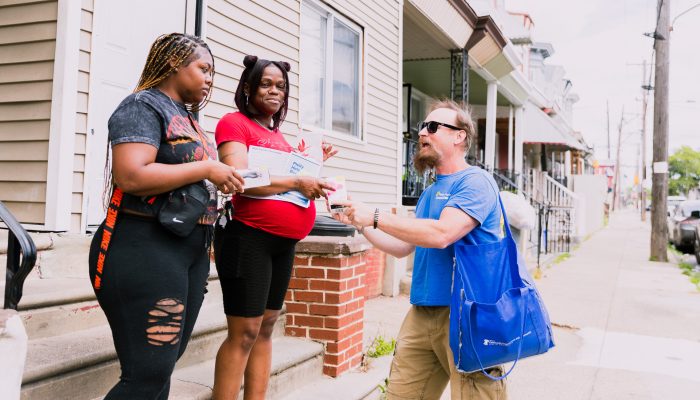The Office of Public Safety’s (OPS) Overdose Response Unit (ORU) released a new report on its groundbreaking door-to-door overdose prevention canvassing program, an initiative that recently captured national media attention for its innovative approach to combating the overdose crisis in Philadelphia.
Philadelphia has seen a drastic shift in demographics of overdose fatalities, disproportionately impacting Philadelphia’s communities of color. Between 2018 and 2022, the number of overdose fatalities increased 87% and 43% among non-Hispanic Black and Hispanic individuals, respectively, and decreased 12% among NH White individuals. For more data about the overdose rates, see the Philadelphia Public Health Department’s CHART.
In response to this alarming rise in overdoses, the Overdose Response Unit collaborated with multiple city agencies to develop a door-to-door canvassing program. As part of the program, ORU contracted with the Office of Community Empowerment and Opportunity (CEO) to deliver critical life-saving resources directly to neighborhoods experiencing increases in fatal overdoses. The goal is to reduce racial disparities in access to treatment services and resources by using culturally competent community messengers to bring resources directly to communities and residents at home. Canvassers knock on doors to engage with residents about increasing overdoses in their neighborhood and distribute resources such as: the Philly Help book, free naloxone (Narcan), fentanyl test strips, and a brief and accessible training on how to use these tools.
Along with canvassing, the city is partnering with trusted community organizations to hold “Trusted Community Messenger” training sessions. These trainings are designed to provide residents with a deeper understanding of the overdose crisis in Philadelphia and to equip them with necessary resources to care for their families, friends, and neighbors.
Through this historic canvassing effort, organizers have trained over 300 community members to date!
Highlights from the report include:
- Residents that canvassers reached were overwhelmingly receptive to resources, with 76% to 88% of households reach from targeted ZIP Codes accepting resources.
- In this time period, canvassers had 10,306 conversations with residents about overdose prevention and treatment access.
- Canvassers also distributed 18,080 doses of naloxone and 21,148 fentanyl test strips directly to residents’ doors.
Looking Forward
Building on the success of initial outreach efforts, canvassing will continue to expand to other neighborhoods in Philadelphia for the second year of operations. Canvassers will continue outreach in additional ZIP Codes identified as high-risk areas based on data from the Medical Examiner’s Office and the Philadelphia Department of Public Health. The next priority ZIP Codes will include 19145 and 19148, areas that have seen increasing rates of fatal overdoses. This is an ongoing effort aimed at distributing these resources to as many Philadelphians as possible.




